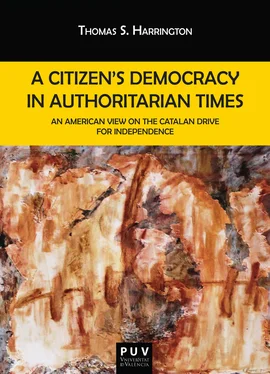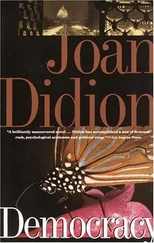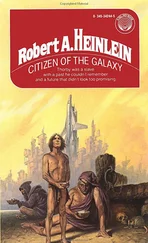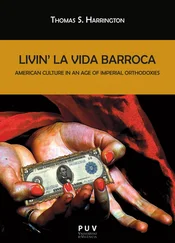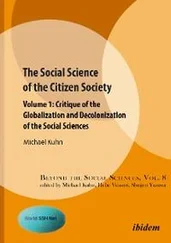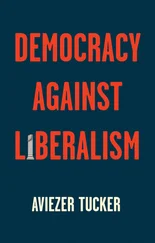Like his Castilian and Catalan counterparts, Sabino saw language as the central force in the creation of national solidarity. However, unlike them he had an extremely limited repertoire of autochthonous linguistic artifacts at his disposal. One reason for this was the relatively advanced state of castilianization in the society. Another was that in those areas where the Basque language was spoken, it was far less standardized than either Castilian or Catalan in their particular realms. Finally, and perhaps most decisively, its written manifestations were relatively few, owing to the tradition of granting bards (bertsolaris) rather than scribes the central role in the preservation of the shared cultural patrimony. Though such oral records often have great intrinsic value, they generally fail to generate the same level of socio-semiotic cohesion that written texts can provide. [8]In order to fill this evident lacuna in an otherwise classically historicist apology of the nation, the early Basque nationalists recurred, much like Irish nationalists caught in the same bind at the same time, to the promotion of traditional sports as a banner of communal cohesion. Of far more transcendence in the long run, however, was Sabino’s embrace of an expressly racial understanding of Basque exceptionalism. For Arana, Basques were a noble race whose prime goal must be that of cleansing themselves of the genetic and social contamination suffered during the previous centuries of Castilian subjugation. Needless to say, he does not explain address how such a view is compatible with the centuries-long history of apparently willing Basque collaboration in Castilianist enterprises, nor the fact that his much-cherished Catholic faith was undoubtedly transmitted to his countrymen through the good offices of yesteryear’s version of the maketo.
During the 1880s and 1890s, Galeguismo lagged well behind these two movements of nation identity in political impact. As was the case with their counterparts in the other areas of the peninsula during this time (with the possible exception of the remaining core of Pi i Margall-inspired federalists in Catalonia), the logic of discourse was fundamentally historicist in nature, placing a great deal of emphasis on the importance of building upon the linguistic renaissance set in motion by the poets of the Rexurdimento (Rosalía, Pondal and Curros Enriquez) from in the mid-1860s onward. However, neither of the two great theoretical figures of the movement, Manuel Murguía nor Alfredo Brañas regularly wrote, or demanded that their supporters regularly write, in the autochthonous code of the region. Perhaps for this reason, they like early Basque nationalists, showed an uncommon interest in the example of Ireland. But the British colony was not the only source of “fraternal referents” for their nascent cultural repertoire. Portugal and Catalonia are also primary sources for the tropes, symbols, phrases and discursive strategies used to justify the historic singularity of their people. Particularly striking in terms of its reliance on conservative Catalanism is Brañas’ El Regionalismo (1889) which is often presented as the movement’s first great systematic declaration of principles.
The American defeat of the Spanish in 1898 had the effect of placing proponents of the hegemonic Castilianist discourse of the Restoration, with its hard-wired imperial logic, on the defensive. Quick to seize on this opening were the Catalanists under the direction of the still quite youthful Enric Prat de la Riba. As mentioned earlier, heavy involvement in the Caribbean market during the latter half of the 19th century had served to moderate the autonomous demands many among Catalonia’s conservative bourgeoisie; they were willing to maintain their allegiance to the central government as long as it continued to safeguard their exploitation of this key market. With this benefit now gone, they began to channel their energies increasingly toward the institutionalization of the culture-planning concepts that they, and their more progressive Catalanist rivals from the particularist and modernista camps had been espousing for more than a decade. Notable among numerous other things in this initial explosion of culture-planning activities, was the founding or initiation of La Veu de Catalunya (1899) and the Barcelona Football Club (1899), La Lliga Regionalista (1901), September 11th commemorations (1901), Estudis Universitaris Catalans (1903) and the Palau de la Musica Catalana (1905)
These activities took a quantum leap forward after the November 1905 sacking by Spanish army officers of the building that housed Cu-cut, a satirical Catalan language journal, and La Veu de Catalunya. [9]In addition to the founding of Solidaritat Catalana in March of that year, 1906 saw the publication of Prat de la Riba’s famed catechism of national identity, La nacionalitat Catalana, the organization of the first Congrés Internacional de la Llengua Catalana, the founding of the Museu de Belles Arts and Eugeni d’Ors’s debut as the “glosador” Xènius in the pages of La Veu de Catalunya. This last event was of transcendent importance as d’Ors would utilize his platform in the nationalist paper as well as his keen cosmopolitan sense of taste, to greatly fill out and then order the canon of nationalist signs and symbols. Along the way, he would also renovate Catalan prose stylistics, transforming a heretofore archaic and poetically oriented language into a supple tool for everyday communication. The intense wave of culture-planning continued in 1907 with the creation of the Junta de Museus de Barcelona, La Biblioteca de Catalunya and the Institut d’Estudis Catalans. This last institution created a beachhead for Catalan in the world scholarly and scientific linguistic codes and would later underwrite Pompeu Fabra’s effort to normalize the spelling and grammar of Catalan.
With this extraordinary burst of energy, Catalan nationalism had, in effect, leap-frogged centralist efforts in the realm of nationalist pedagogy. The irritation felt by those who identified with the Castilianist project of national identity can be seen in the peevish articles written by Unamuno [10]on his 1906 trip to Barcelona and Ortega’s diparaging comments on Prat, Cambó and the core legitimacy of the entire Catalanist movement. [11]
The Castilianist counter-attack was not long in materializing. In January 1907 the Junta para Ampliación de Estudios (JAE) was founded by Royal decree. It later gave life to the Residencia de Estudiantes (1910), the Centro de Estudios Históricos (1910) and the Instituto Nacional de Ciencias Físico-Naturales (1910). Core members of these institutions later played important roles in the Liga de Educación Política Española (1914) and its official organ, España (1915).
In his study of the impact of these important cultural institutions, Inman Fox has gone to great pains to stress their “liberal” orientation, that is, their drive to serve as a counterweight against the hermetic traditionalism of the 19th-century Spanish right. In their important analysis of the history of the JAE, Laporta, Miguel et al, take a similar line, highlighting the institution’s close links with Giner and the Institución Libre de Enseñanza. On one level, there can be no denying this set of interlocking institutions did effect an important break with the traditionalist cultural project in terms of its open embrace of scientific method, European culture and in the case of the more politically-minded, democratic processes. Nor can their links to the progressivism of Krausist circles be understated. Finally, it can be assumed that most, if not all, of the brilliant constellation of thinkers involved (i.e. Menéndez Pidal, Ramón y Cajal, Azcárate, Altamira, Ortega, Castro) clearly had an image of themselves as transforming liberals.
Yet if there is one thing that the 20th century history of ideas (and more immediately our own recent academic history of political correctness) has shown with great clarity it is that reformist movements also often contain “black boxes,” areas of inquiry (usually quite close to home psychologically) into which their leading cultural actors cannot, or will not, extend of the critical acuity that marks their theorizing in other realms. For all of their efforts to deconstruct and rectify the long-standing Spanish tradition of obscurantism, xenophobia, social hierarchy and hostility to science, the thinkers of this set newly founded set of cultural institutions did virtually nothing to problematize the “naturalness” of the unitary and Castilian-centered conception of Spanish nationalist life. In fact, they did quite a bit to reify the assumptions inherited from the traditionalist discourse first articulated by Nebrija.
Читать дальше
